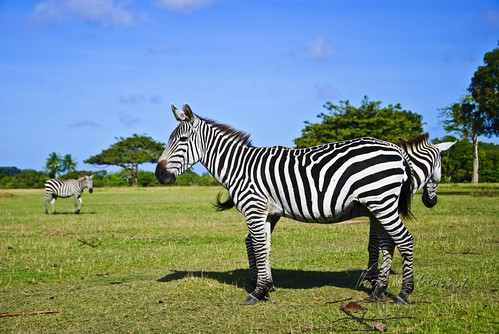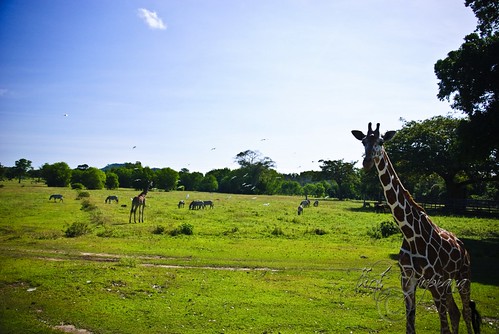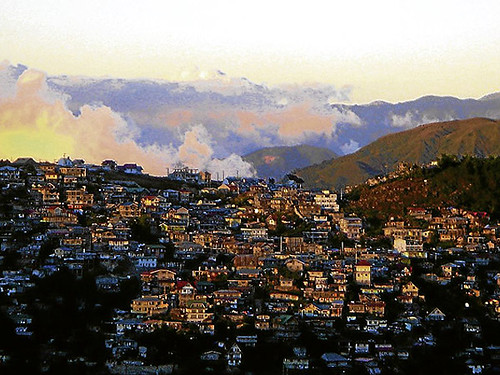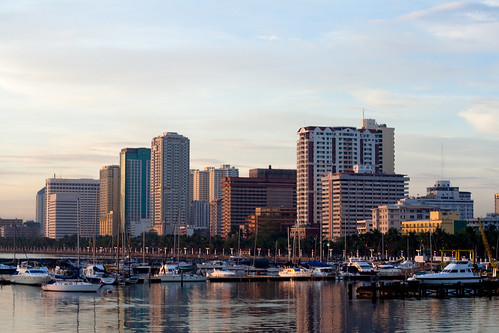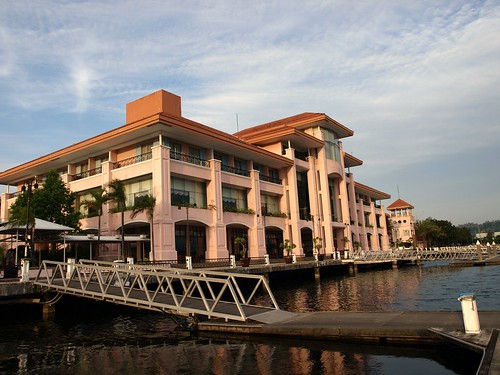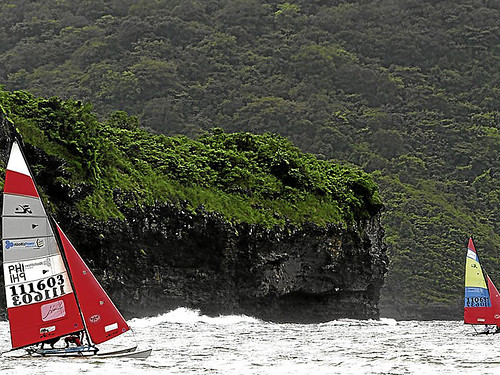Filipino univerity student wins 2010 World SuperModel
by Thelma Sioson San Juan

MANILA, Philippines - A 17-year-old student of the University of the Philippines, whose body has been described as the "perfect designer's body" - 30 (chest)/ 22 (waist)/ 30 inches (hips) - has been chosen the World SuperModel 2010 in New York over the weekend by the iconic modeling institution, Ford Models.
Danica Flores Magpantay bested young aspiring models from more than 40 countries.
This is the first time a Filipino was named World SuperModel-a much-coveted title that carries not only a $250,000 modeling contract, but also the chance to model for the world's top retail brands and fashion designers and work with leading photographers.
It is ironic that Magpantay, strictly speaking, isn't a model.
Except for a brief stint in Philippine Fashion Week late last year in Manila, she hasn't really modeled, neither on the runway nor for advertising campaigns.
This, even if her mother, Lala Flores, was a top model in the '90s and was a SuperModel winner herself in 1994.
Her mother is now a leading makeup artist for advertising campaigns, whose clients include stars like Sarah Geronimo.
Unusual, striking look
Asked what made Magpantay bag the prestigious and lucrative title, SuperModel Philippines executive producer Joey Espino said: "Mr. Rowland (Paul Rowland, new head of Ford models) and the rest of Ford found so striking the fusion of feminine and masculine features on that face. Hers is a very unusual facial bone structure-squarish on top, but softer toward the chin. And this is the time when Ford, under Mr. Rowland, is going for the unusual, striking look."
Espino added a crucial bit of precedence - "It was Mr. Rowland who discovered Kate Moss."
Global beauty
Indeed Magpantay, who is 5'8 3/4" tall, couldn't have gone to New York at a better time.
In an interview last year with New York Times' T Magazine, Rowland, who had just been named head of Ford Models and tasked with reinventing the "venerable institution," explained where he was coming from"… the idea of beauty [is] not only being classic but being, you know, global. I'm just obsessed with finding these amazing creatures in all these exotic countries." (Rowland, according to T, even opened a scouting center in North Africa.)
In such a short time, Rowland, it is said, was able to move up Ford among the top model agencies in the world, from the fifth to the third (the first being IMG who handles sports celebrities, like Tiger Woods and Roger Federer).
It is interesting to note that the two runners-up in the World SuperModel 2010 are from Lithuania and Poland.
Serendipitous
Magpantay's journey from Makati City, where her family lives, to the world's modeling capital, wasn't dramatic, but it was serendipitous. She is second in a brood of five.
One day, her father, Pogs, a businessman, was clearing up some house stuff.
He found the Betamax recording of Lala Flores when she was named 1994 SuperModel of the Philippines.
He had it converted into DVD, and his two eldest daughters Danielle and Danica got to see the DVD.
It was after watching the DVD of their mom that the two approached their parents to say that, yes, they, too, wanted to be models-to be SuperModels.
Until that moment, Espino said Lala never really pushed her daughters into a modeling career. They had to want it first, Espino recalled Lala's stance.
Scout
It was then that Lala turned over her two daughters to Espino, who has been the top models' scout in the country for more than two decades now.
He and his brother Audie have put up the industry leader, CalCarrie's, which fields models all over the world.
Espino unerringly saw Magpantay's potential. The older Danielle, 19, and Danica joined the Philippine search for SuperModel 2010, which Danica would win in October last year.
Intense screening
Unlike in previous years, there was no runway show in New York this year to proclaim the SuperModel. Instead, of the SuperModel winners from various countries, five were chosen, Magpantay among them. Only the five were flown to New York.
Magpantay, who graduated high school from Colegio de San Agustin, flew to New York last week. Like the four others, she came upon intense screening, from body measurements to how clothes would fall on her, to how she photographs.
The other four are Kristina Gromovaite of Lithuania, Zuzanna Bronczyck of Poland-the two became runners-up-Rufina Rudenko of Estonia and Natalia Haiden of Brazil.
While this is the first time a Filipino became World SuperModel, the Philippines had runners-up the previous years-Charo Ronquillo in 2006 and Charlene Almarvez in 2009.
Lucrative job
Just how lucrative is a SuperModel contract?
Ronquillo now struts among the world's best in New York, and has worked with top photographers, like Bruce Weber, for the American Living campaign of Ralph Lauren, Vogue photographer Arthur Elgort and Walter Chin.
She has done advertising campaigns of the world's top brands, such as Lacoste, Tory Burch, Armani Exchange, Kenneth Cole, DKNY, and retail giants, such as Macy's.
In short, it's a full-time lucrative job. And if one pursues it with passion, it could be a glamorous life.
Not bad at all for a 17-year-old on a Monday morning.
But one more thing, even as you read this, she'll already be in the salt mines early Monday morning in New York, working the SuperModel job.

